Embroidered items are still highly valued. If earlier every girl was engaged in this type of needlework, now only a few craftswomen know these secrets. There are many types of embroidery, but one of the most beautiful is Richelieu embroidery.
- What is Richelieu?
- A bit of history
- Richelieu embroidery in modern fashion
- Types of embroidery
- What tools might you need for the job?
- Materials for Richelieu embroidery
- Richelieu embroidery technique or openwork satin stitch
- Main motives and plots
- Patterns of motifs for napkins, handkerchiefs
- Basic rules for choosing an embroidery pattern
- Embroidery pattern for sewing machine
- Dresses and blouses with Richelieu embroidery
What is Richelieu?
This is an openwork embroidery, which is based on overcasting the borders of the ornament with a special stitch. But the main feature is that some gaps in the pattern are cut out, so the design resembles lace.

Richelieu embroidery has remained popular for a long time due to its advantages over other techniques:
- it is suitable for creating elegant women's clothes, because the pattern looks like lace;
- can be used for interior decoration. Richelieu embroidery is found on tablecloths, napkins, carpets;
- if you follow simple care rules, it will be able to maintain its beautiful appearance for a long time;
- tablecloths are easy to wash because nothing will happen to the embroidery even when machine washed and at high temperatures;
- It is mainly made from natural fabrics, so the products are environmentally friendly.
Richelieu embroidery looks beautiful and solemn, so it was often used to decorate evening dresses of socialites. Mastering this technique has always been a sign of the craftswoman's skill.
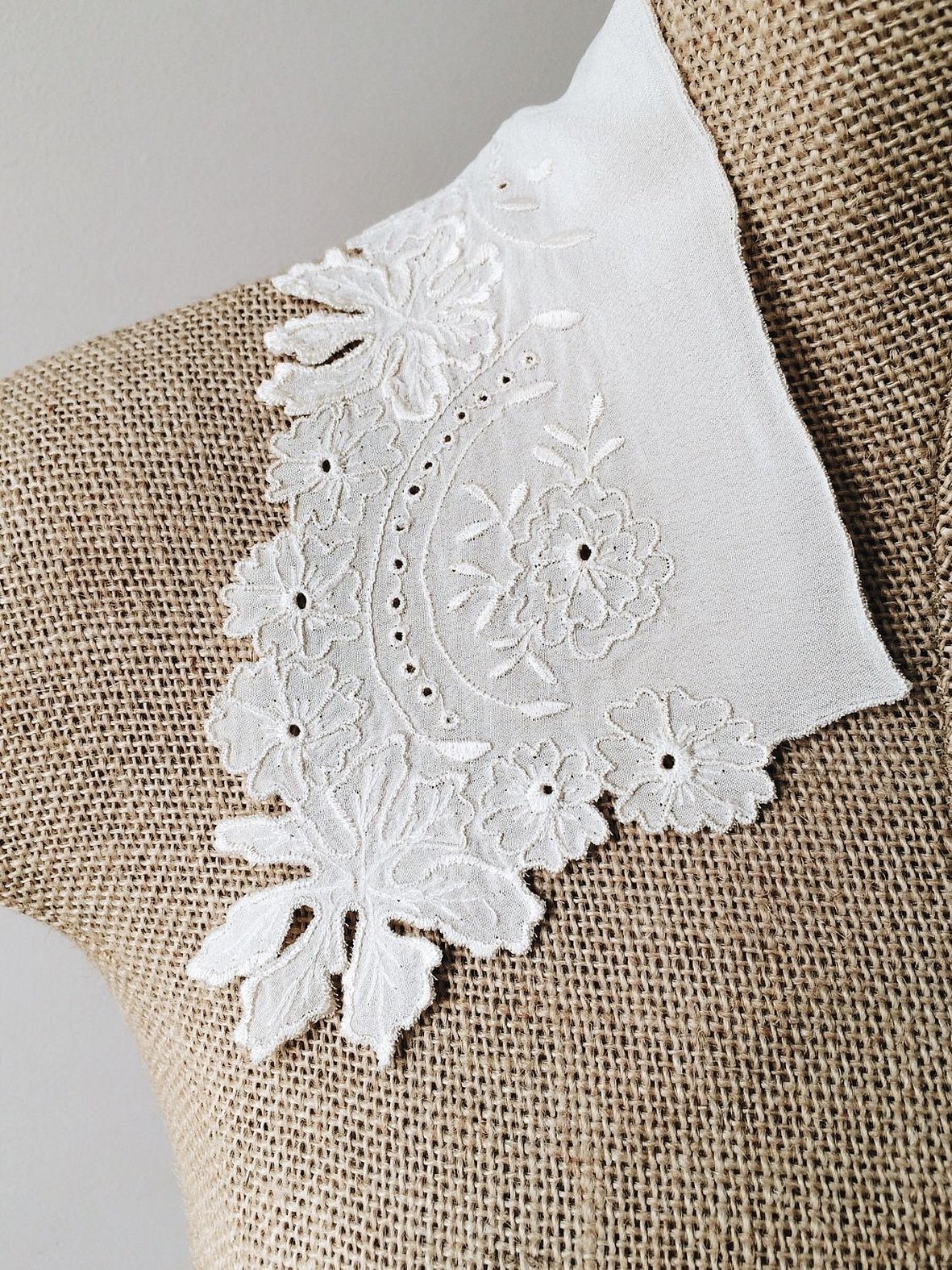
A bit of history
The history of rishelie embroidery goes back several centuries. Its homeland is Italy, and the technique originated during the reign of the Medici dynasty. Initially, this handicraft was a privilege of the upper classes. The reason was the high cost of fabrics and embroidery tools.
For your information! The Richelieu technique was popular among the ladies of the court. They decorated not only their outfits with it, but also scarves, tablecloths, and napkins. Due to the great demand for this handicraft, schools began to open in Italy where girls were taught the intricacies of embroidery. Then this skill spread beyond Italy and, in particular, Florence. This technique became especially popular in France.
Researchers have not yet come to a single opinion about the origin of the embroidery's name. But it was actually named after the real political figure Cardinal Richelieu (from whom one of the main characters of A. Dumas' novel was copied).
Some believe that the cardinal was a fan of this embroidery and often wore clothes embroidered with openwork patterns. There is an opinion that Richelieu himself was an excellent master of this skill.

According to another version, the politician believed that all foreign goods should be produced in Europe. Large duties were imposed on imported goods. Therefore, French schools began to appear, where French women learned the art of embroidery under the guidance of Italian needlewomen.
Thus, the Richelieu technique began to spread throughout all European countries. In Russia, girls also learned the intricacies of creating lace ornaments. Items decorated with openwork embroidery were used as a dowry. Girls were taught from a young age how to embroider using the Richelieu technique - this was a sign of a good housewife.
Nowadays, handicrafts are no longer widespread, but their subtleties continue to be passed on to other craftswomen. And products decorated with lace embroidery are still highly valued.
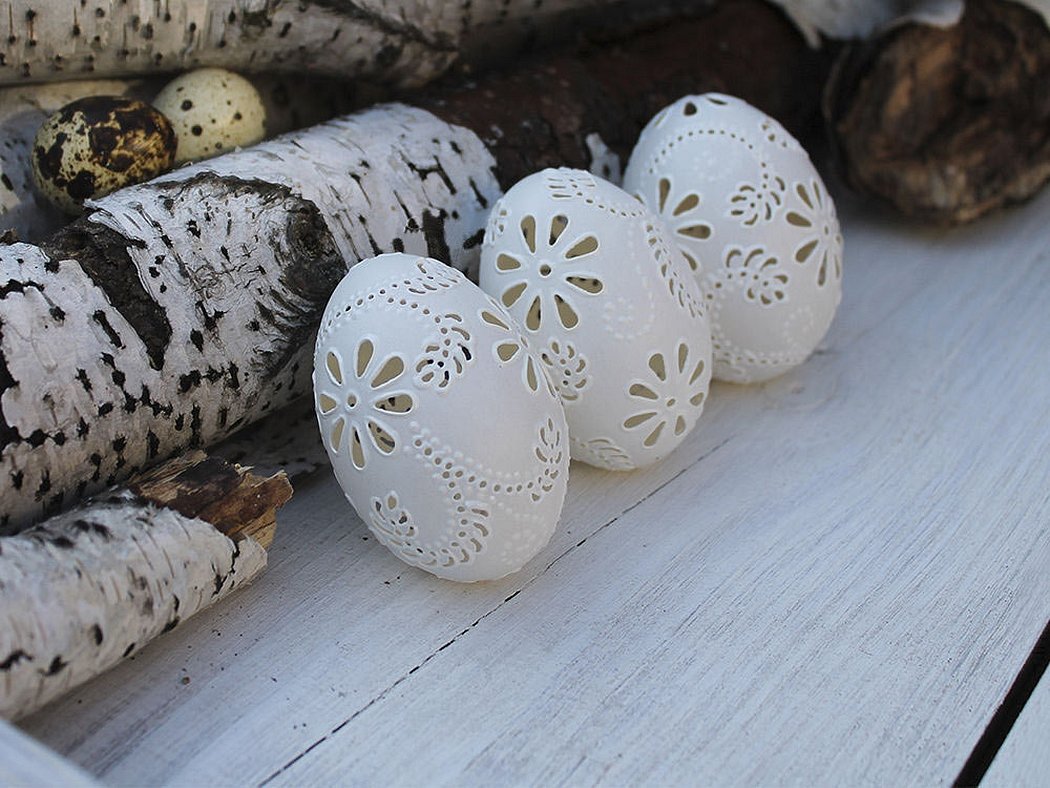
Important! You can create a Richelieu effect using acrylic paint on glass. You will need a thin brush to create neat lines.
A piece of fabric with a lace pattern can be used to decorate an egg. Such a souvenir will be a wonderful gift for Easter. In addition, confectioners repeat Richelieu patterns, for example, on gingerbread. Such an unusual treat will please not only a child, but also an adult.
Richelieu embroidery in modern fashion
Vintage remains one of the fashion trends, so it is not surprising that fashion designers have become interested in lace and Richelieu embroidery. Such decoration takes people back to the Middle Ages. Therefore, if you want to add aristocracy to your image, you should take a closer look at Richelieu.
There are famous fashion designers among the fans of this embroidery technique. For example, Oscar de la Renta. In many of his collections you can see elements of this technique. And his outfits look very elegant.

But not only famous designers decorate clothes with lace embroidery. It can be found in mass-market stores. Openwork patterns can be seen not only on dresses, but also on robes and suits. Richelieu embroidery is found on summer clothes from Indonesia. And if you want, you can learn to embroider using the Richelieu pattern yourself.
Types of embroidery
There are 3 types of Richelieu:
- Simple or bridleless. It is usually used to decorate napkins, tablecloths and other textile elements of home decor. There are practically no gaps in the pattern. And when some parts are cut out, the places are not filled with other seams, and the parts are tightly adjacent. This type is suitable for beginner craftswomen.
- With simple braids. A braid is like a bridge connecting parts of an ornament. The connecting thread is overcast in several ways: it can be a thread wrap, a loop stitch or a darning stitch. With braids, the pattern already becomes similar to an openwork one, which is used to decorate not only home textiles, but also clothes.
- With braids and "spiders". This is the most complex variety, which only real craftswomen can master. This technique is often used to create lace with a large-sized pattern. "Spiders" are additional loops that are created during embroidery with braids.
Any variety of the Richelieu technique looks beautiful and elegant.
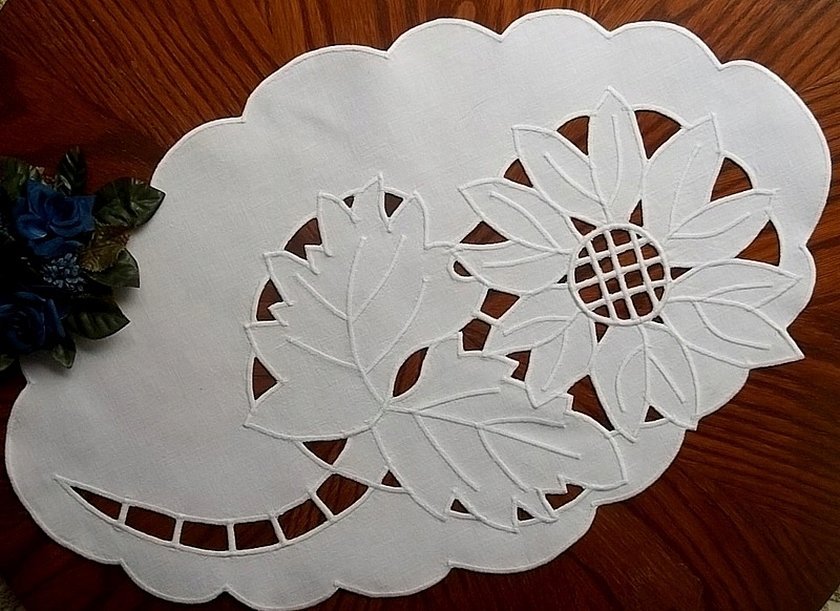
What tools might you need for the job?
To embroider an item using this technique, you will need the following tools:
- scissors with curved ends for making slits in the product. Manicure scissors will also work;
- threads - preferably made of cotton or floss;
- regular needle – for hand embroidery;
- marker or pencil for marking. The marker should be water-soluble so that it does not leave marks on the fabric;
- hoop;
- pattern schemes.
You also need to take care of suitable lighting so as not to damage your eyesight while working.
Materials for Richelieu embroidery
Almost any fabric will do for making Richelieu - it all depends on the type of product that should be obtained. But experienced craftsmen advise giving preference to thin materials so that the lace pattern looks even more elegant. Creating Richelieu on thick dense fabric is a labor-intensive process that is difficult for beginners to cope with. It is best to choose linen or cotton, which will be more convenient to work with.
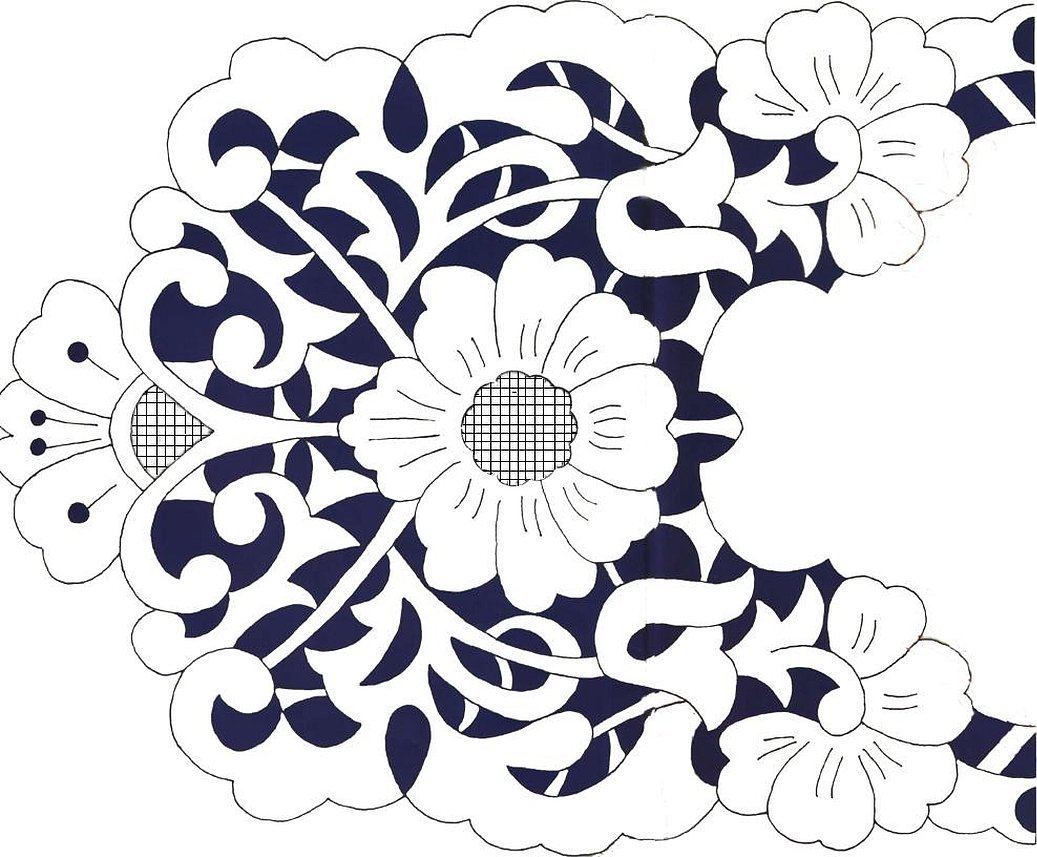
Important! The advantage of natural fabrics is that they do not shrink when washed. This means that the embroidery will retain its original appearance.
Richelieu embroidery technique or openwork satin stitch
Before you start creating embroidery, you need to decide on the size of the product. It is better to choose simple things - a napkin or a scarf, and not immediately start decorating a blouse, for example. First, outline the outline of the pattern with a water-soluble marker or pencil. This is especially important when working with white fabrics.
Here is a step-by-step guide to the lace stitch technique:
- Start with a regular running stitch.
- Then the main seam is processed with any type of “smooth stitch”.
- If necessary, secure the thread by threading it through the previous stitch.
- On the intermediate parts of the pattern, slits are made with scissors.
- Then the product is washed, dried and ironed so that the pattern looks beautiful.
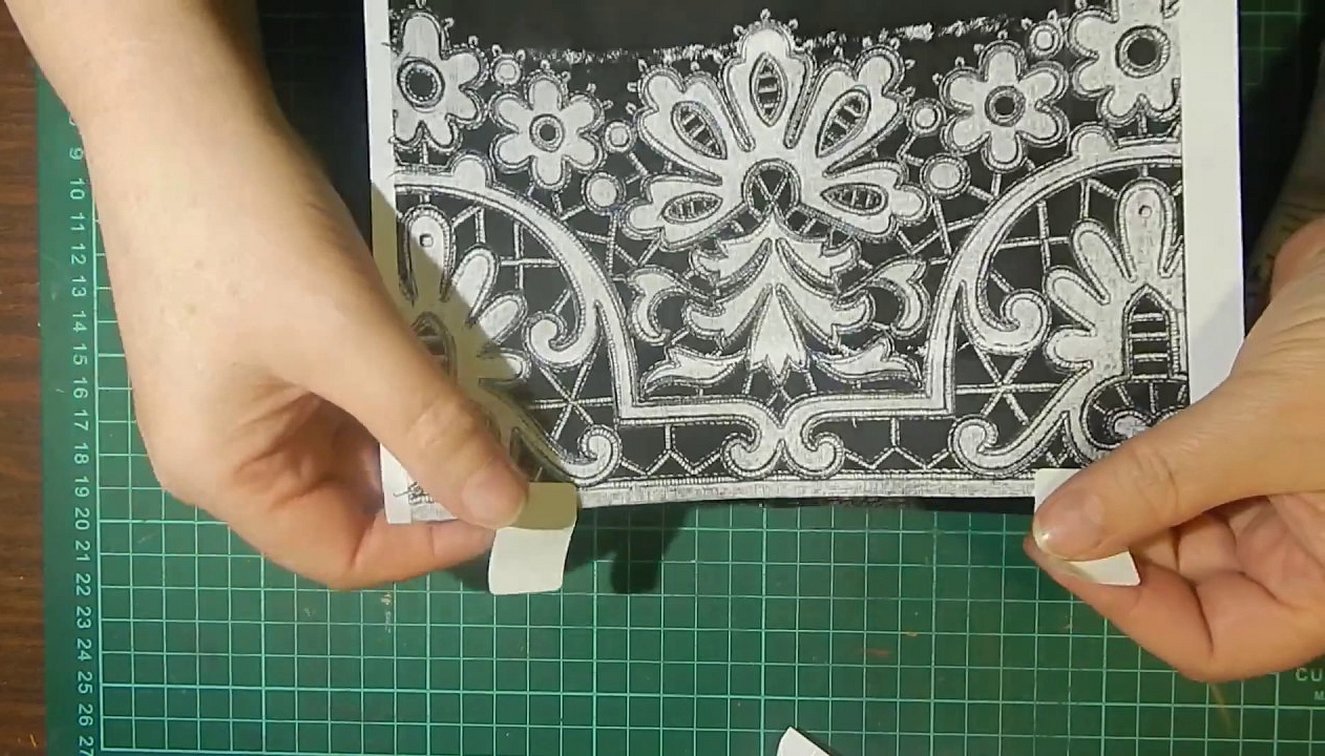
There are several ways to create slits:
- a cross-shaped cut is made in the fabric and the seam is processed from the inside;
- using a special substance that dissolves the tissue.
You can also do Richelieu embroidery on a machine if the manual version seems too labor-intensive.
For this you will need the following materials:
- fabric glue;
- water-soluble interlining;
- film;
- thin needle.
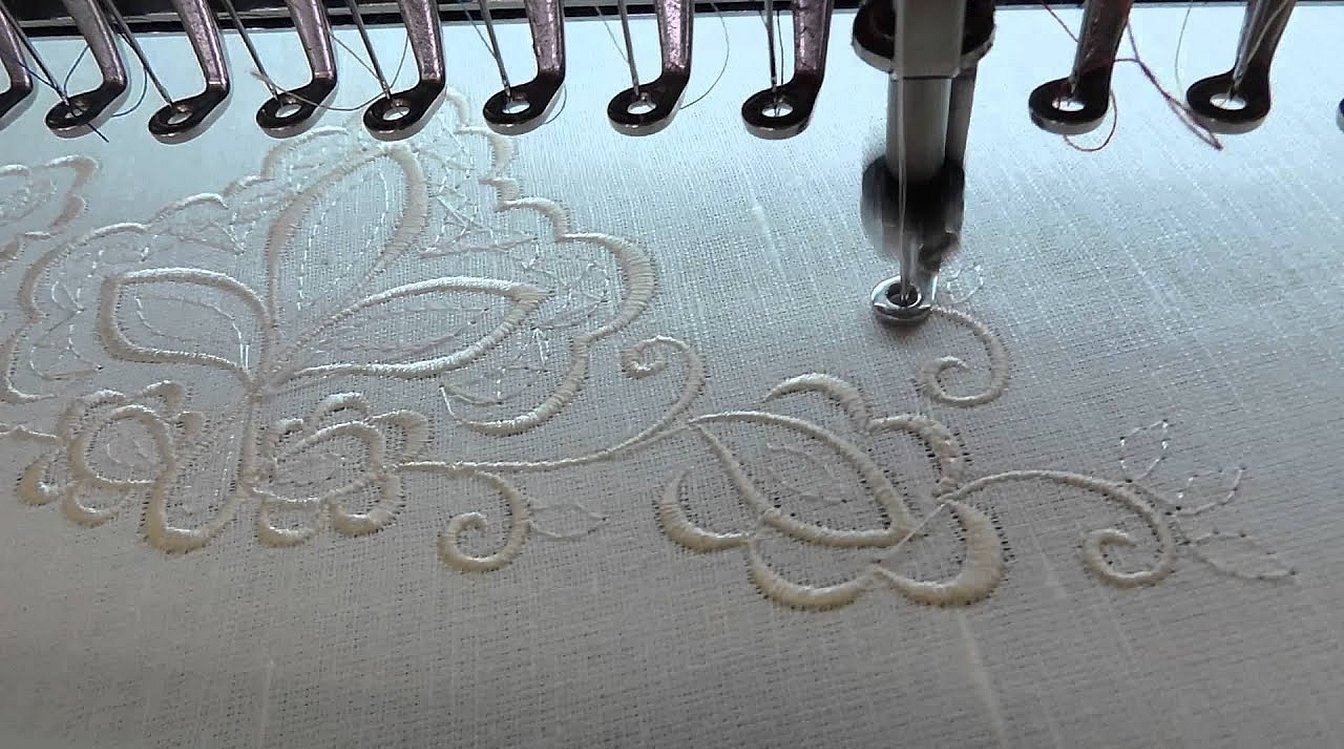
Having prepared everything you need, you can begin creating Richelieu on a machine:
- The fabric is glued with film and interlining.
- Place the fabric in the hoop (the interlining should be at the bottom).
- The outline is stitched with a regular stitch.
- Then all elements of the ornament are processed with a zigzag stitch.
- Then all the necessary parts of the pattern are cut out with scissors.
- Place a film on top and begin to process the ornament with a dense running stitch using a satin roller. This is necessary to mask the cuts and make the braids stronger.
The finished product is washed, dried and ironed. Regardless of the method of creation, Richelieu embroidery looks elegant. But handwork is valued more.

Main motives and plots
This lace embroidery is dominated by plant motifs. Often needlewomen depict petals, flowers, and climbing plants. Rarely do they depict animals, usually birds. There are master classes on the Internet on creating various ornaments.
Patterns of motifs for napkins, handkerchiefs
Often, openwork embroidery is found on napkins and scarves. Textile products familiar to everyone become works of art. And it is easier to perform this technique on them. It is used to decorate the edges of scarves, and for napkins, a Richelieu embroidery pattern with a large ornament is suitable.
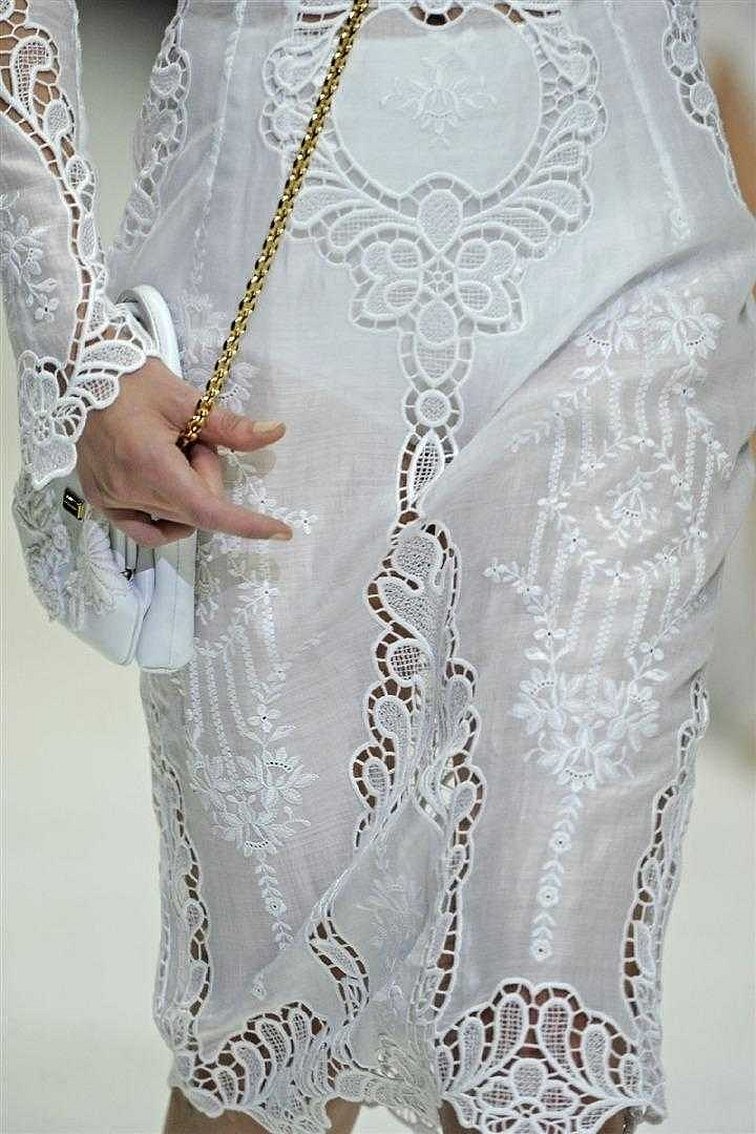
Basic rules for choosing an embroidery pattern
The result of the work depends on the chosen embroidery pattern. Needlewomen should be guided by:
- on the size of the pattern. For large patterns, a satin stitch roller, a loop roller using bridles and "spiders" are suitable;
- on the material. It will not be possible to create a Richelieu pattern using decorative stitches on thick fabric;
- to the location of the drawing.
Experienced craftswomen use several types of seams in their work. Therefore, the product looks like a work of art.
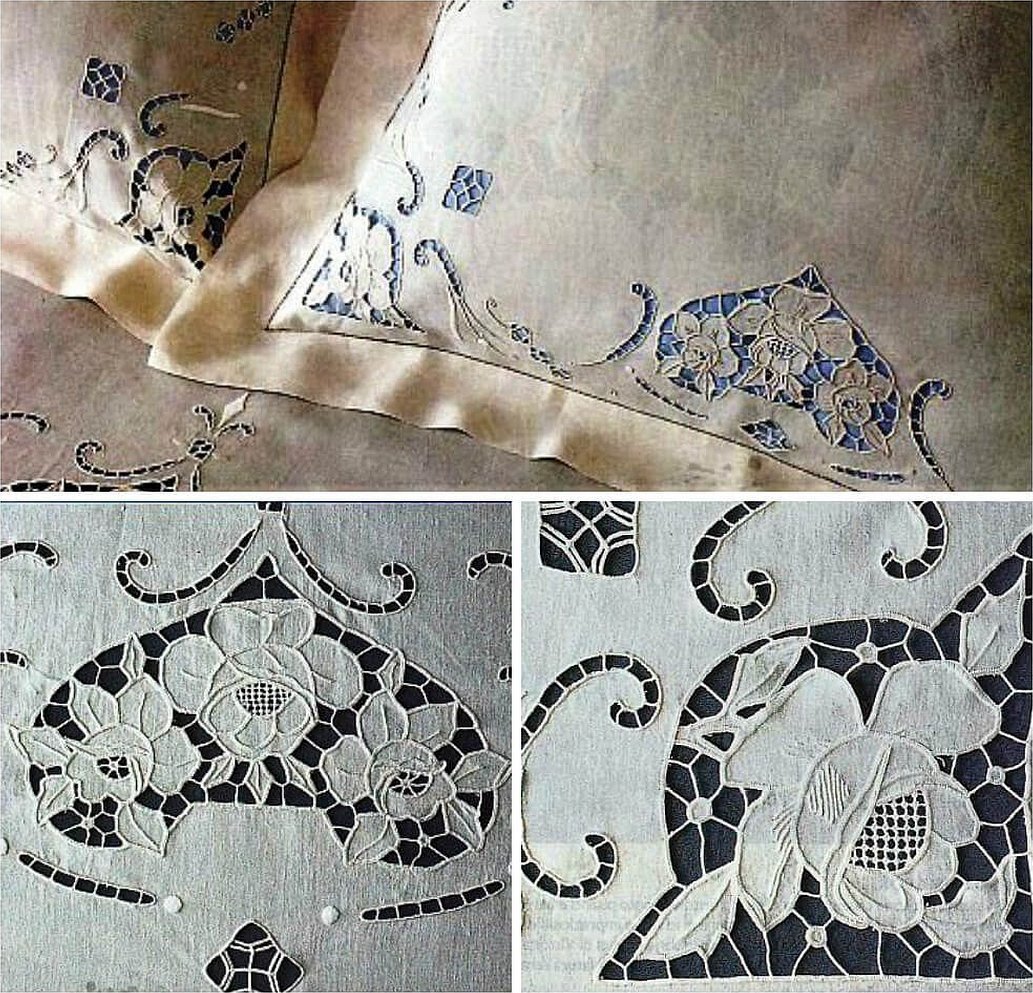
Embroidery pattern for sewing machine
It is convenient to create large patterns on a sewing machine. Therefore, large flowers or several flowers, birds are most often chosen. This option is suitable for processing tablecloths, curtains and clothes. Some sewing machine models, for example, Janome, have a built-in mode for embroidery.
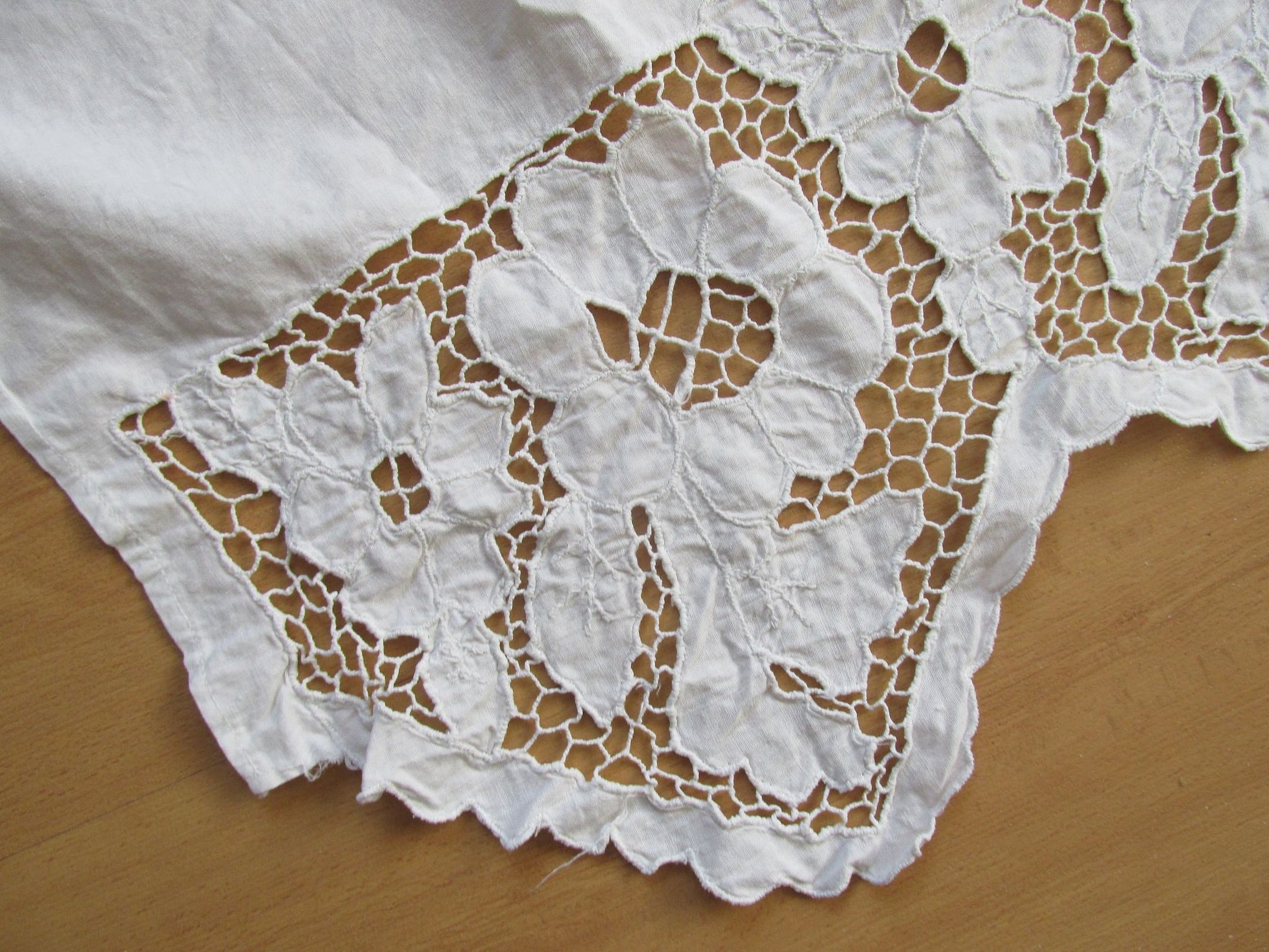
Dresses and blouses with Richelieu embroidery
Dresses and blouses are decorated with lace patterns, most often - a collar, cuffs, the bottom of the skirt. Models made entirely in this style are popular, which looks very feminine and sophisticated.
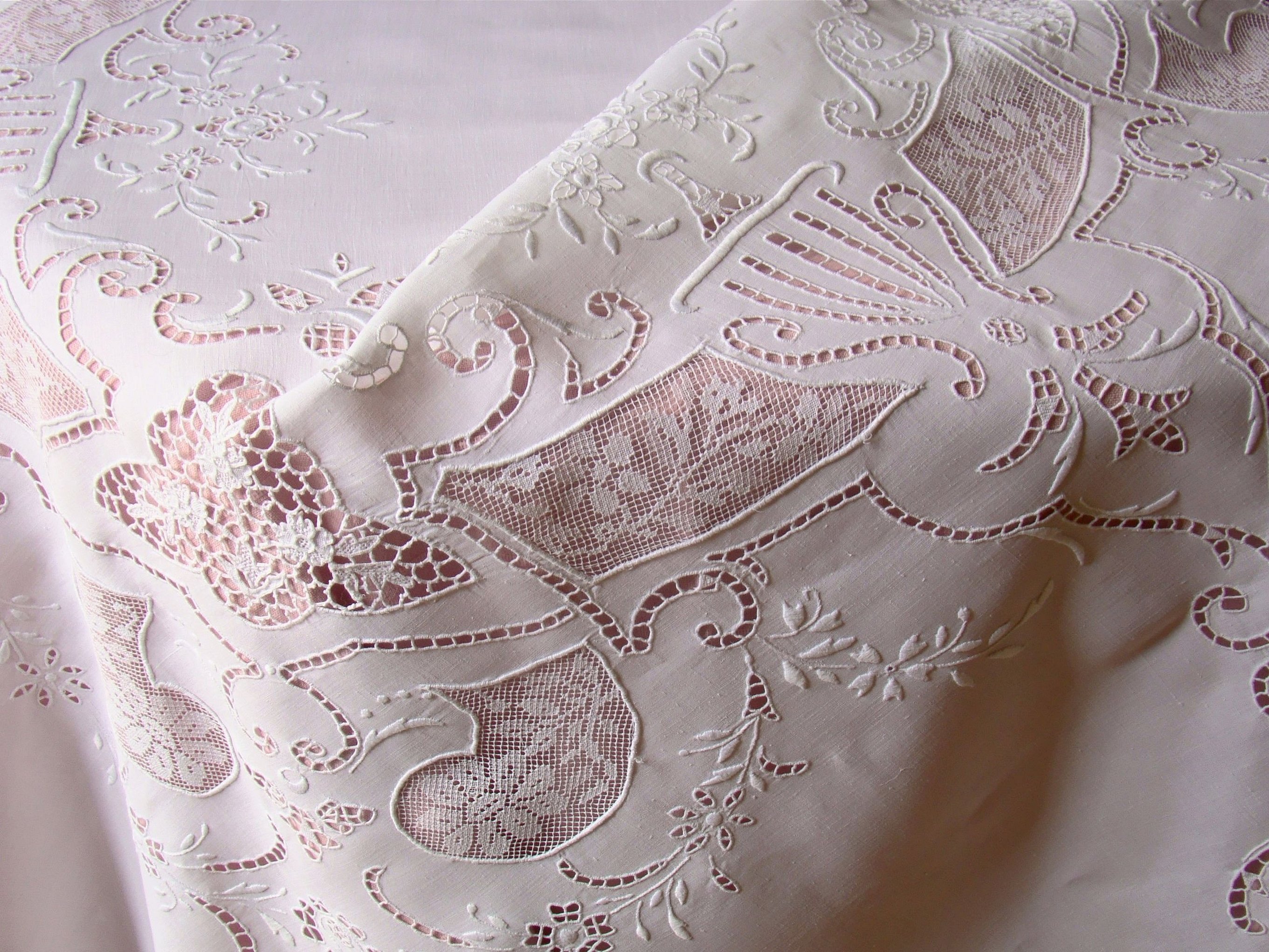
Items made using the Richelieu embroidery technique will add solemnity even to a simple outfit. But creating an openwork pattern requires experience and patience from the craftswoman. Items decorated with lace ornaments continue to be highly valued both among needlewomen and among connoisseurs of this elegant craft.




